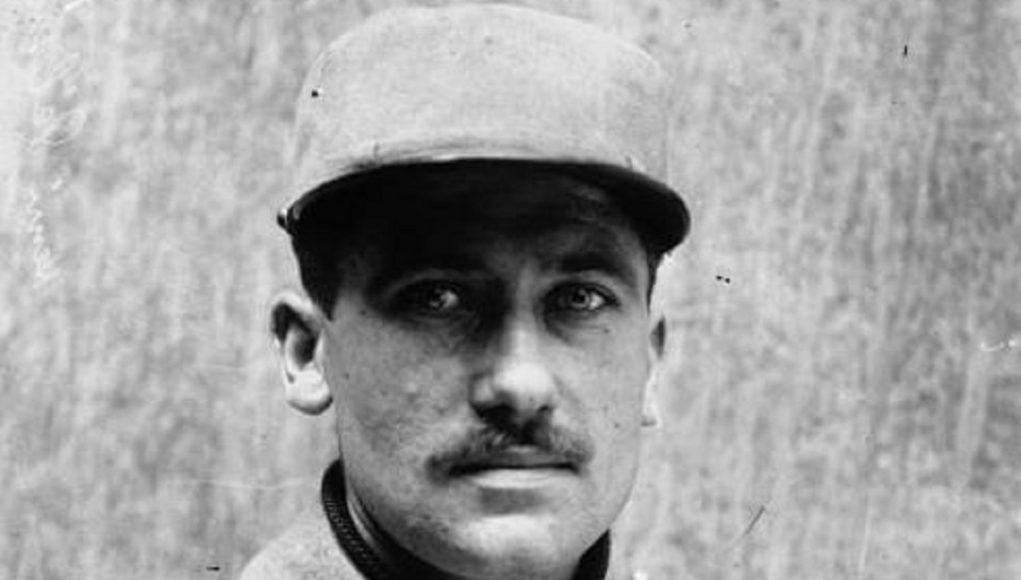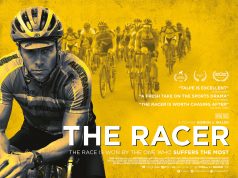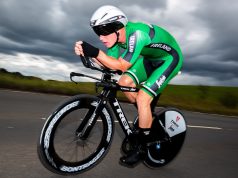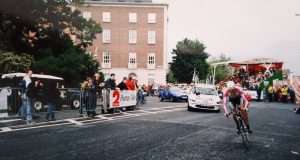Paris-Roubaix is also known as the ‘Hell of the North’, and even though the sectors of pavé can rightfully be described as hellish, the name actually comes from a description a journalist gave to the battle-scarred terrain that the cyclists race over.
At the end of January 1919, Henri Desgrange, the boss of L’Auto, decided to organise Paris-Roubaix again Paris-Roubaix whose last edition took place in 1914. The state of the roads, damaged by four years of war, made it impossible for the race to pass through the city of Arras, so a route through Saint-Pol-sur-Ternoise and the coalfield at Bethune was identified instead.
The French rider Eugène Christophe accompanied a journalist from L’Auto to review the route and confirm the roads could be used. The race would finish on the Avenue de Jussieu as the velodrome in Roubaix which had been destroyed by the Germans was unuasable.
Below is an extract from ‘The Shattered Peloton’ by Graham Healy about the 1919 race where the riders raced over ground which had seen some of the bloodiest battles of World War One in the preceding five years. The winner was Henri Pélissier who took over 12 hours to complete the 280-kilometre course.
Another race organised in the months after the cessation of hostilities was Paris–Roubaix. The route would take the riders through some of the most devastated areas of the Continent, as they would cross the River Somme en route to Roubaix. It was ambitious to even contemplate holding the race. The state of the roads was such that one journalist termed the race the “Hell of the North.” It’s a name that’s still used today to describe the epic classic.
Reports of the devastation around Roubaix at the time referred to the stench of raw sewage and rotten cattle pervading the air, and the landscape being a scene of blackened tree stumps and mud everywhere.
A report from L’Auto described the scene: “We enter into the center of the battlefield. There’s not a tree, everything is flattened! Not a square meter that has not been hurled upside down. There’s one shell hole after another. The only things that stand out in this churned earth are the crosses with their ribbons of blue, white and red. It is hell!”
There were many notable names missing from the start list, including previous winners Octave Lapize and François Faber, but the race would still see the likes of Philippe Thys, Oscar Egg, and Eugene Christophe taking part.
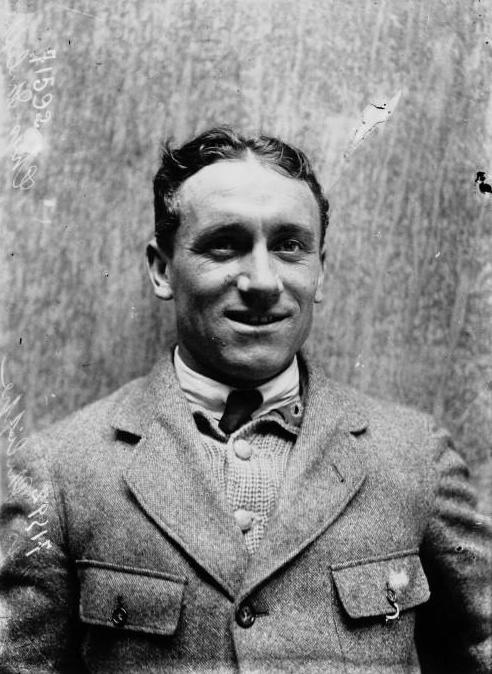
Two men managed to get away from the rest, Thys and Henri Pélissier, although a delay at a level crossing enabled Honoré Barthélémy to catch them. Pélissier was easily able to outsprint the other two at the end. He would win again two years later.
It was an indication of the how scarred the landscape was that out of forty support vehicles following the riders, only five would make it to Roubaix. Pélissier said at the finish, “This wasn’t a race. It was a pilgrimage.”
Results
1. Henri Pélissier (JB Louvet) 12hr 15min. 22.86 km/hr
2. Philippe Thys (La Sportive) s.t.
3. Honoré Barthélémy (La Sportive) s.t.
4. Louis Heusghem (La Sportive) @ 1min
5. Alex Michiels s.t.
6. Francis Pélissier (JB Louvet) @ 10min
7. Jean Rossius @ 15min
8. Emile Masson, Sr @ 15min 30sec
9. Eugène Christophe @ 16min
10. Alfred Steux (La Sportive) @ 24min



